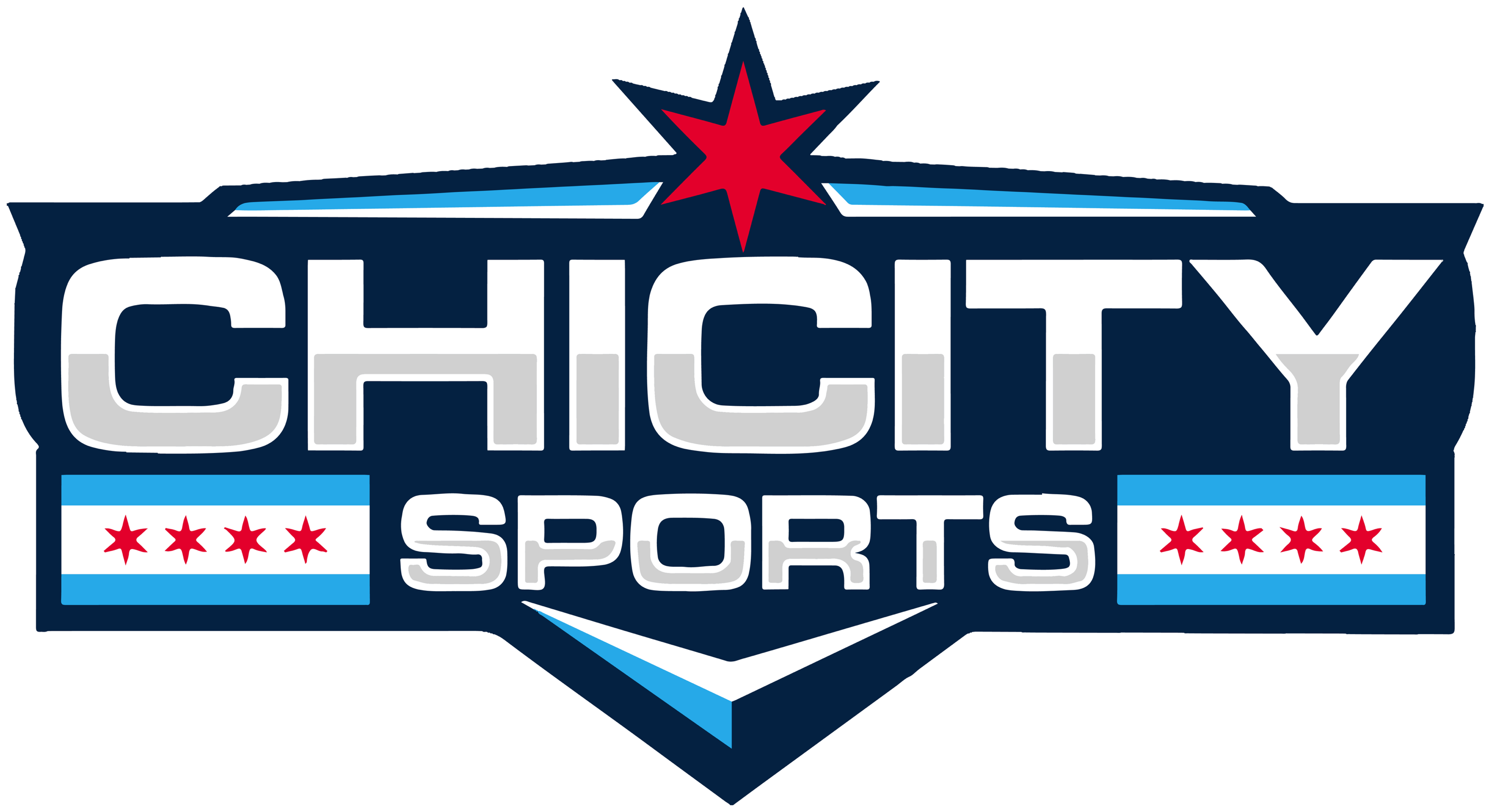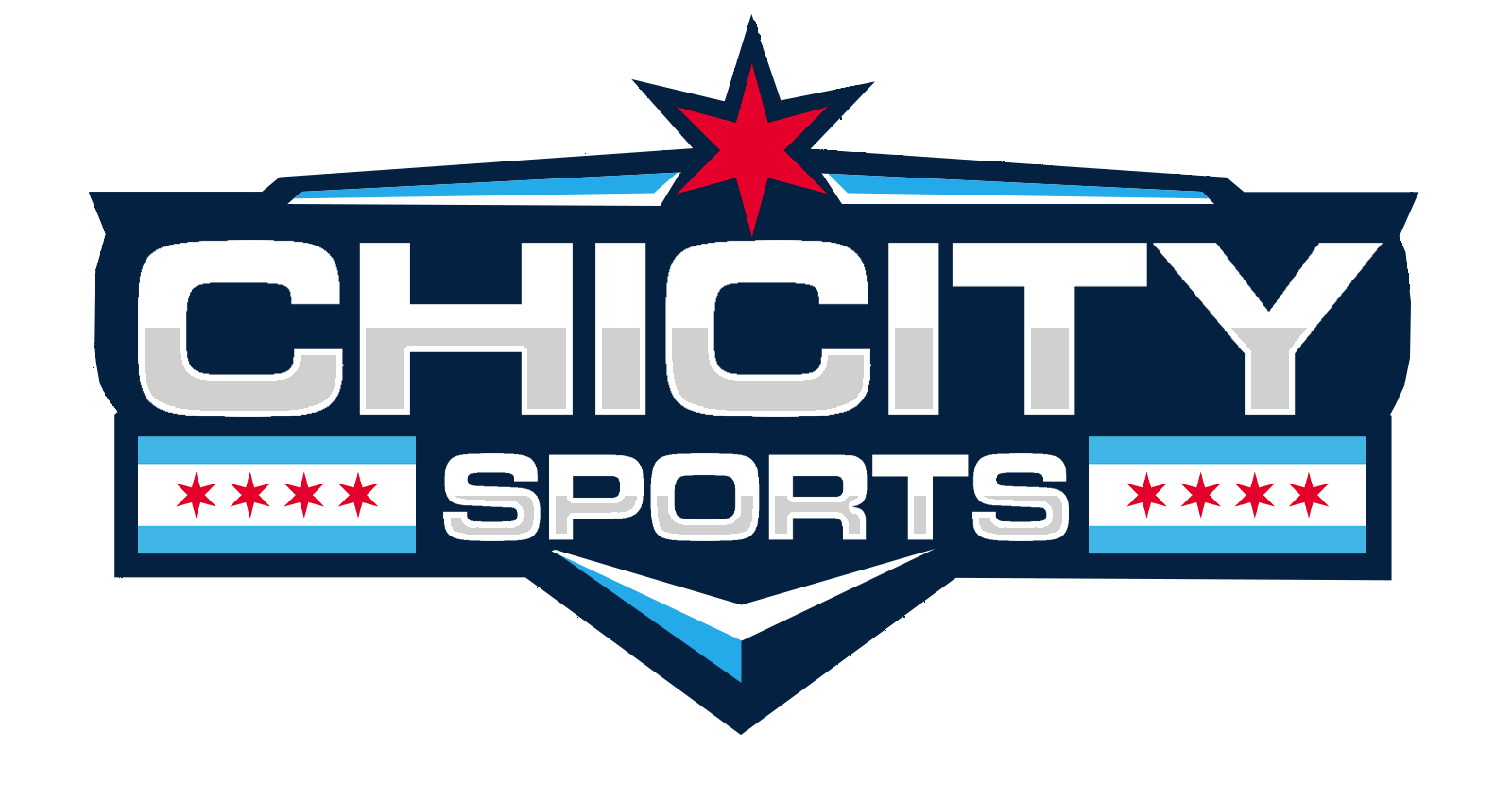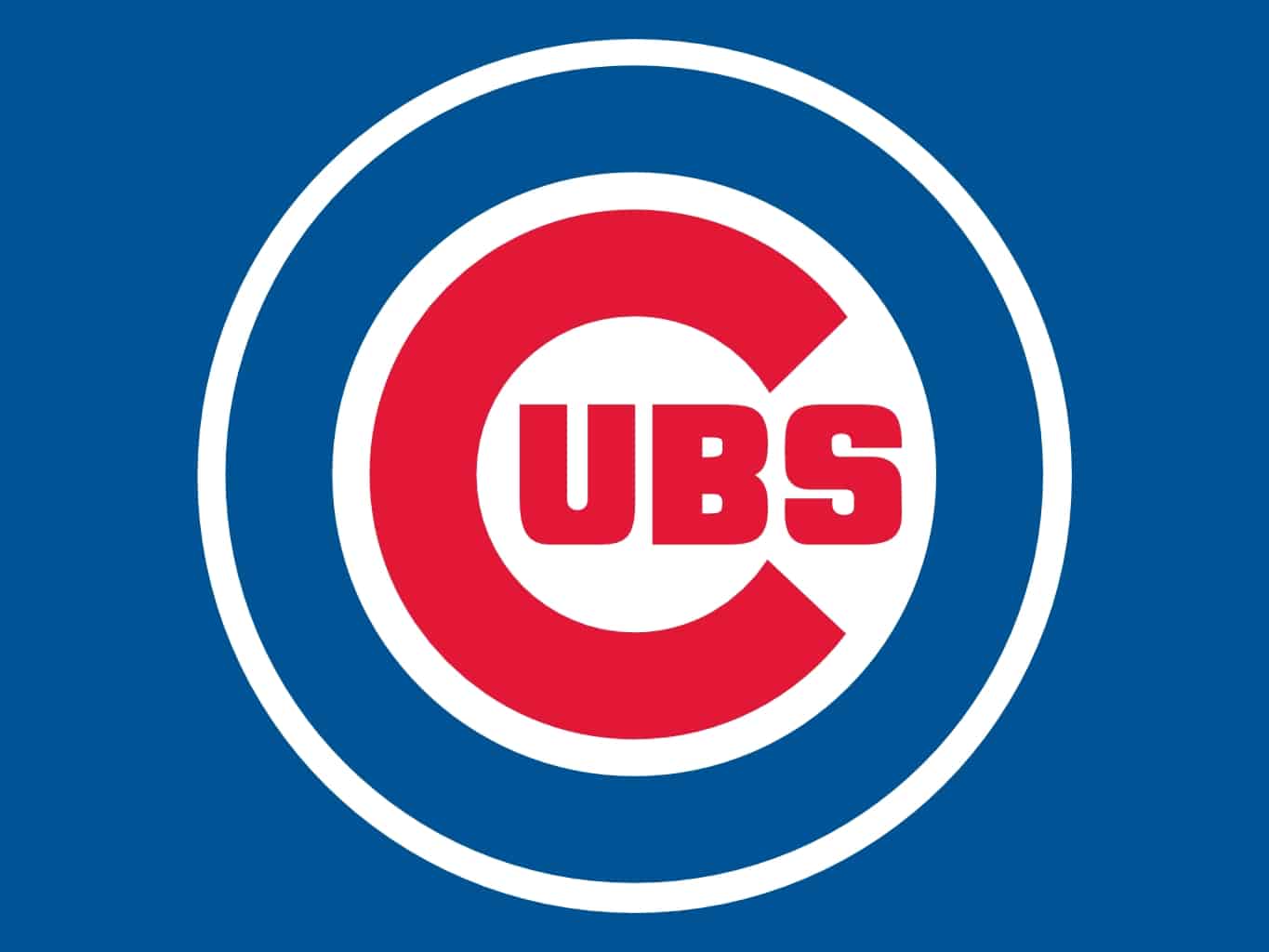I genuinely have no idea why Cubs fans acted mourned the 2012 season. Our two-headed monster of Theo Epstein and Jed Hoyer made it abundantly clear that their number one goal was to build a sustainable roster that can compete year in and year out. This is a change in philosophy from the previous regime. No instant gratification, no horrific extension for non-homegrown players. Ultimately, the next few years were going to be a step towards something big. One long, slow step.
I get it — a 101-loss season should be viewed as a complete and total failure. Me, being the eternal Cubs optimist, actually took several positives away from the 2012 season:
Turnarounds from Alfonso Soriano and Carlos Marmol were like your parents handing you a tiny box as a birthday present, then coming to find out it was the key to your first car. After a terrible 2011 and beginning to his 2012 season, Marmol finished his last two months strong (7 saves, an ERA under 1, and 32 strikeouts in only 23 innings pitched). The flirtation with Dan Haren showed that teams would at least entertain the notion of adding Marmol to their roster, so the Cubs may find a suitor for his services as early as the Winter Meetings.
Ditto for Soriano. He had, hands down, his best season since 2008. While the $36 million he’s owed over the next two seasons may be hard to swallow, teams have to be encouraged by his ability to stay healthy over the last few seasons and the resurgence of his power numbers (32 bombs, 108 ribbies). AL teams who need corner outfield help or a platoon DH guy with some pop could come calling if the injury bug bites them.
We also should have bright eyes for the arrival of Jeff Samardzija and Anthony Rizzo. Both appear to be building blocks moving forward, Rizzo especially. If his cameo is any indication, there’s no reason to believe that a 23-year-old first baseman can’t routinely sniff .300 and bang out 30 homers and 100 RBIs in the Friendly Confines. Samardzija also looked dominant for stretches, cementing himself as a solid mid-tier starter with room for improvement. Hopefully, there are no more ghastly bullpen experiments.
We can’t expect many more wins if the roster stays the same. So here’s three suggestions for the Cubs to continue their build towards a World Series.
Find solutions at third base and behind the plate. Not in a few years — right now
Saying the Ian Stewart experiment failed would be like telling somebody the sky is blue. With talks that the Cubs may look at bringing back Stewart if his wrist proves healthy, this should be an indication that that Josh Vitters is simply too far away to help the major league squad on a daily basis (I would agree 100%) or maybe that he’s not the answer in the hot corner (a little more farfetched given his age). Catcher is also a disaster for the Cubs. Trust me, I don’t lose sleep over Geovanny Soto’s departure, but the Cubs’ cache of questionable catchers is arguably their biggest gap on offense. In 2012, Cubs’ catchers combined for an anemic sub-.300 OBP and a slugging percentage that my mother could probably rival.
So, what’s the solution? I think the Cubs need to find answers for those two positions now. What causes me concern is that they may not have internal solutions (again, this is if you’re of the mindset that Vitters won’t become elite). Two names that would be instant upgrades and are currently being chirped about in trade talks are Padres third baseman Chase Headley and Indians catcher Carlos Santana.
Headley, in particular, excites me because he finally put up supreme offensive numbers for a third baseman in a ballpark that’s brutal on hitters and with very little lineup protection around him. The Padres are known to put the clamps on their wallet, so would a small package of prospects headlined by Josh Vitters be enough to bring in the Cubs third baseman of the future? If the Cubs through in a mid-tier pitching prospect (the Pads always look for pitching, just look at the Mat Latos trade), they might keep Theo and Jed on the phone for a while.
Santana could be trickier because the Indians need to decide if they want to continue a rebuild with the interesting pieces they have or tear everything down and start over. Much like Headley, Santana has put up solid power numbers without much protection. He’s got average defensive skills behind the plate and with only two full seasons under his belt, still has plenty of room to improve. The Indians are starved for pitching, so a trade involving one of their more promising prospects (Trey McNutt or Dylan Maples come to mind) could transform Santana into the Cubs new catcher.
With just those two trades, the Cubs would roll out a balanced lineup (Headley and Santana are both switch hitters) anchored by Starlin Castro, the aforementioned Rizzo, Headley and Santana. Not a band young core. What’s nice about this trade is that they wouldn’t have to sacrifice Brett Jackson, or any of their other top-tier prospects. Trades like this don’t come around often, so if they Cubs could make themselves better now and in three years, they definitely should jump on it.
Is Matt Garza a Cub or trade chip?
When you consider how much the Cubs gave up to acquire Garza from Tampa Bay, you should only assume he’s here for the long haul. But looking closer, his numbers suggest that he’s a number two starter, at best. In most situations, I would be fine with keeping Garza as a number two, but considering the Cubs’ rebuilding endeavor, wouldn’t it make more sense to try to build his value and flip him to a contender looking to add another quality arm for a playoff run?
It’s the million dollar question (pun intended, because extending Garza could cost upwards of $100 million) – is Garza good enough to lead your pitching staff for the next half dozen years or would he be better served to add some depth to their collection of minor league pitchers? With examining what other similar pitchers are fetching on the open market, it’d be safe to assume that Garza will command anywhere from $14 to 18 million per season. What if that equates to a 6-year pact worth $108 million? Is he worth it? Garza is going to get some looks once the trade deadline looms, make no doubt about it. The Cubs need to make the right decision on the arms they have in house, because starting pitching is certainly this team’s biggest question mark.
Continue to stockpile low-risk assets that can be flipped for prospects
Much like the Houston Rockets did to acquire James Harden, the Cubs need to continue their plan of solving their less-pressing issues with players looking to bounce back. The Dan Haren-for-Carlos Marmol swap would’ve been a slam dunk for the Cubs, but something must have raised a red flag for the Cubs to not acquire a guy who routinely pitched 200 innings and looked fantastic against the best competition in the majors. Despite the trade falling through, I can’t help but think this is a precursor for the off-season – prey on players coming off injuries and guys unable to land multi-year deals.
Going into the season, the Cubs rotation is spearheaded by Garza, Samardzija and Wood (but not the Wood we knew and loved). Beyond that, it’s an enormous hole. Arodys Vizcaino may earn a spot, but many speculate he’ll land in the bullpen. Casey Coleman and Chris Rusin are fringe starters, at best. There’s plenty of starters available with experience as quality innings eaters – Edwin Jackson, Jeremy Guthrie, Brandon McCarthy, Joe Blaton, among others, all who may struggle to get anything longer than a two-year pact. It’s no secret that teams always scramble for quality pitching at the trade deadline, especially teams devastated with injuries. What if the Cubs make a run at two of them to fill out their rotation (I feel Jackson and Blanton would be the best fits) and are able to move them to add depth to the farm system? If the Cubs find themselves in a similar situation as 2011, it might be a fire sale with all their new acquisitions.
This off-season could transform into one of the most interesting and recent Cubs history. The minor league system is beginning to take shape. For the first time in what seems like forever, the Cubs have some fantastic young prospects with extremely high ceilings (Javier Baez, Albert Almora, Jorge Soler, etc). While pitching is still a question, facilitating some trades could help remedy that. What makes the Cubs upcoming season so exciting is that they finally have options. They have enough depth to make a large trade without leaving the cupboards bear. Would they turn down potential deals on guys like Santana and Headley? What exactly is Garza worth and is he a building block on a team with questionable starting pitching? And are the Cubs finally a club that free agents and players want to play for? If Cubs fans think that 2012 was an eye-opening year, 2013 might peel their heads back.
For More Great Chicago Sports Content
Get the latest Chicago sports news, analysis, and breaking stories on the Bears, Bulls, Blackhawks, Cubs, White Sox, Sky, and more! Tap the star to add us to your favorites on Google News, so you never miss a story on your favorite Chicago teams.
Follow us on Twitter at @chicitysports23 for more great content. We appreciate you taking time to read our articles. To interact more with our community and keep up to date on the latest in Chicago sports news, JOIN OUR FREE FACEBOOK GROUP by CLICKING HERE




2 Comments
I think you hit the nail on the head with this post.
While I did not have any hopes for this season, a 101 loss season is still disappointing.
I do not believe that Josh Vitters is at all close to impacting the roster on a daily basis. I would not mind seeing a veteran via free agency as long as he is there for the long run and not a temporary filler.
I have been wondering the same thing about Garza myself. At this point I am indifferent, but they need to pick a side and stick with it.
I am a big advocate of strong farm systems and the purchase of the Kane Kounty Cougars was a big win for the Cubs.
I think the Padres and Indians would hang up the phone the second you tried to structure a deal headlined by Josh Vitters, Trey McNutt, or Dillon Maples simply based on how insulting those offers would be. Vitters would have to be the second best guy in the deal and the other two the third best.